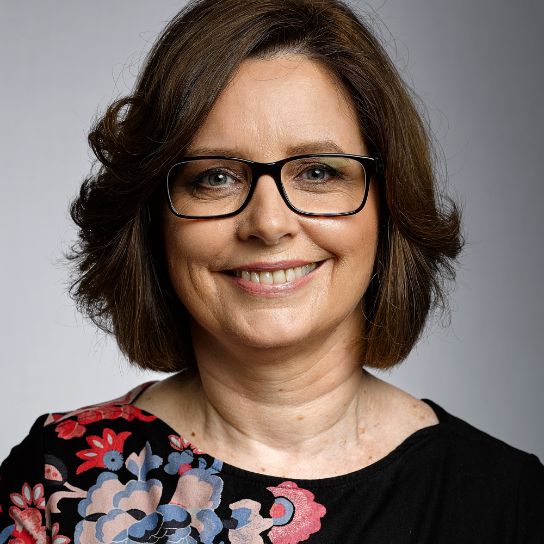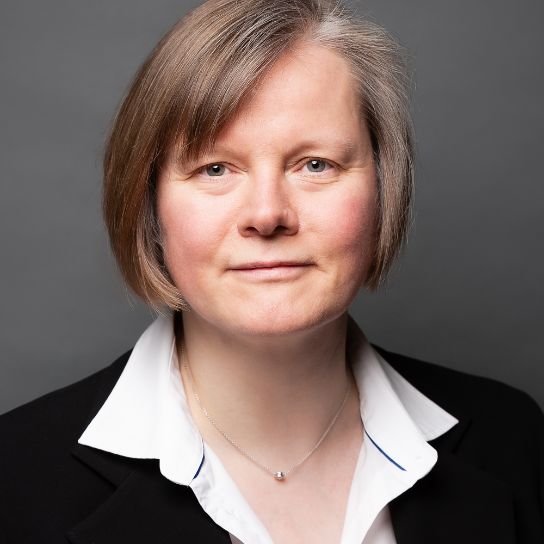A number of EU trade mark reforms came into force on 1 October 2017. The key changes are:
- The graphical representation requirement has been abolished. In theory, it should now be easier to file non-traditional forms of marks at EU level. Sound marks may be represented by digital sound files. Motion, multimedia and hologram marks may also be accepted. The graphic representation requirement has been replaced with a requirement that signs be represented in any appropriate form of generally available technology, as long as the representation is clear, precise, self-contained, easily accessible, intelligible, durable and objective. The change in the law will also apply for all national marks filed in EU Member States once this provision is implemented into national laws. Brand owners should consider whether new filings for EUTMs should be made. In some industry sectors, the potential to more easily register sound, motion, multimedia and hologram marks could offer significant opportunity to add further layers of protection to brand portfolios on an EU level.
- EU Certification Marks have been introduced which are a new type of trade mark at EU level which will guarantee specific characteristics of certain goods/services. The introduction of this form of marks aims to harmonise the position across the EU as some Member States did not allow for certification systems under their national systems. EU certification marks will be owned by the appropriate organisation or certifying institution responsible for certifying and monitoring the qualities or characteristics of the products. These marks may not be owned by suppliers of the goods and services in question. An applicant for an EU certification mark must submit regulations governing its use to the EUIPO within two months of the filing of the application.
- A number of procedural changes have also been introduced, the full details of which are contained in the updated EUIPO guidelines. These include a change on acquired distinctiveness as applicants may now pursue a subsidiary claim of acquired distinctiveness after they have exhausted the right of appeal on the inherent registrability of a trade mark. Translation requirements have also been simplified and assignment of an EU trade mark can be sought as an alternative remedy to invalidation. Priority claims must be filed at the same time as filing of an application and not afterwards. Applicants may rely on online sources recognised by the EUIPO for substantiation of earlier rights in oppositions and cancellation actions.
These recent changes form part of a package of EU trade mark reforms, many of which came into force on 23 March 2016. For further detail on all changes under the EU trade mark reform package, please see our previous e-bulletin here.
Authors
Key contacts

Laura Orlando
Italy Managing Partner, Joint Global Head of Intellectual Property, EMEA Co-Head of Life Sciences, Milan
Disclaimer
The articles published on this website, current at the dates of publication set out above, are for reference purposes only. They do not constitute legal advice and should not be relied upon as such. Specific legal advice about your specific circumstances should always be sought separately before taking any action.







